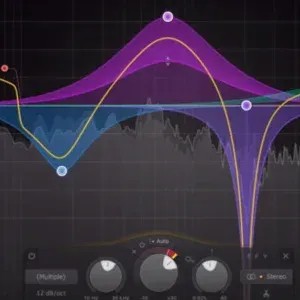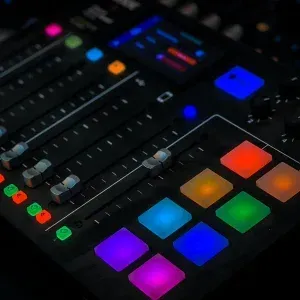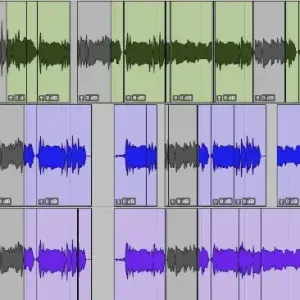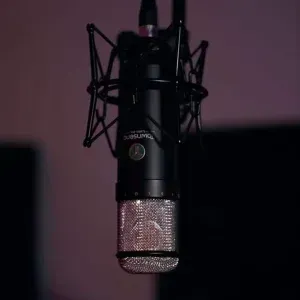ATTENTION: ARTISTS & PODCASTERS IN St. Louis
St. Louis Recording Studio Vivid Core Music
Create Your Signature Sound Today With Professional Recording Services
Let's Elevate Your Music or Podcast the Right Way!
Not only do we excel in music, we produce exceptional quality podcasts as well!
THE RECORDING STUDIO
What Makes Vivid Core Music the Top Recording Studio in St. Louis?
We Offer An Unmatched, Comfortable, Focused Atmosphere for Creativity & Inspiration

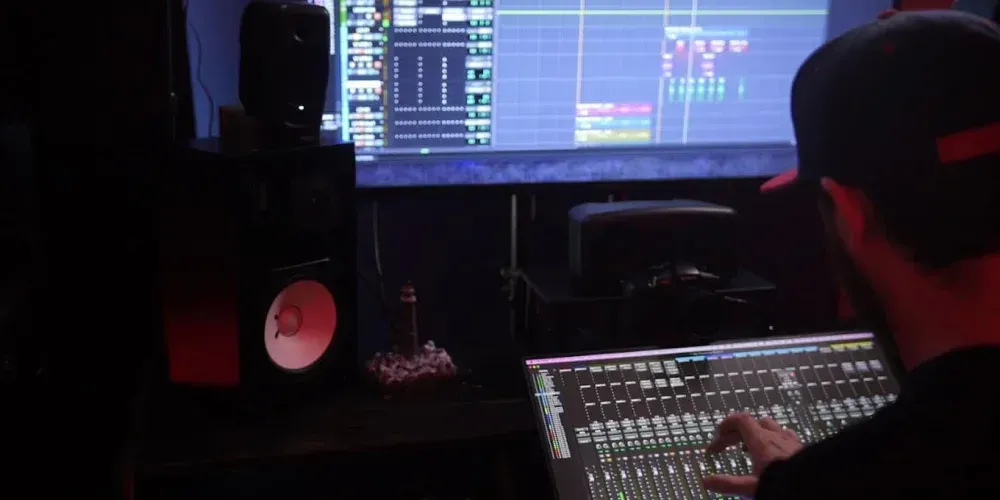
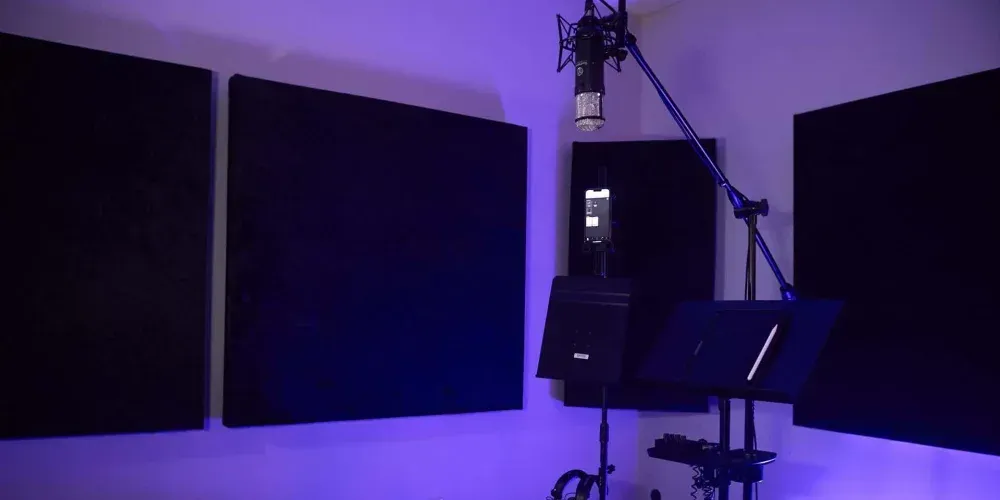
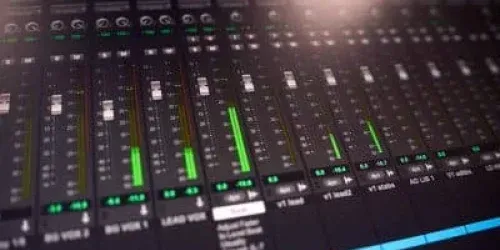
Our Dolby Atmos Certified control room features premium recording studio gear like Universal Audio Apollos, Avid S1, ProTools Ultimate, and Grace Design Monitor Controller, ensuring top-notch quality with Adam Audio A7x and NS-10s monitors. This is the caliber of equipment you should expect from professional recording studios; however, the engineers in the driver's seat matter most! Meanwhile, our acoustically treated recording booth offers an ideal space equipped with a confidence screen, high-quality microphone, comfortable headphones, ample space, and customizable lighting for the perfect ambiance.
READY TO BOOK STUDIO TIME?
THE ENGINEERS
Who Are The Engineers Behind Your Sound?
We have a team of highly skilled and experienced engineers who are committed to unlocking the full potential of your music. We take pride in offering top-notch audio engineering services tailored to your unique requirements. Our combined expertise aims to elevate your sound to new heights, ensuring that your music is dynamic, captivating, and truly resonates with your audience.
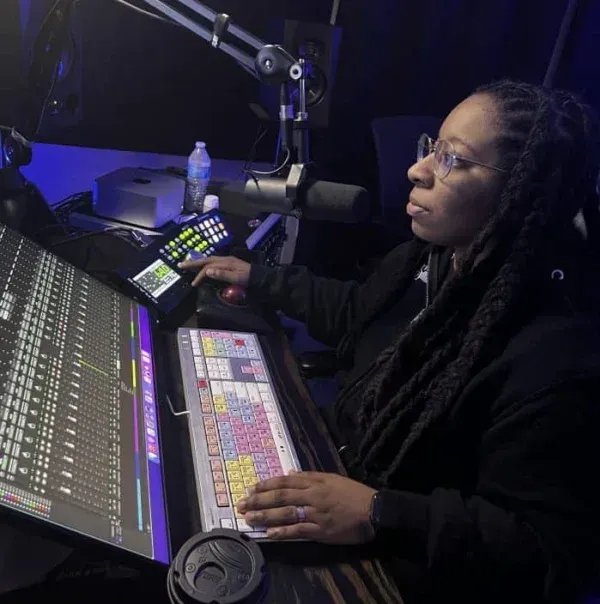
Tarcea Renee—Lead Audio Engineer
Tarcea Renee, a St. Louis native, is an established audio engineer and GRAMMY-considered artist with over a decade of experience. She has worked with numerous artists in the recording studio, providing end-to-end production services, including recording, mixing, post-production, and mastering. Tarcea’s music-industry expertise and passion for creating music ensure the highest quality results for every project.
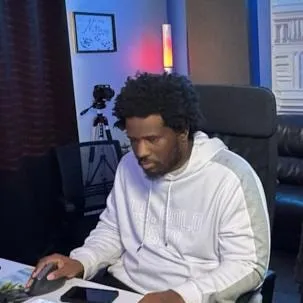
Til' December—2nd Audio Engineer
Til December brings his extensive knowledge and musical background to Vivid Core Music. With 2x Platinum credits and production work with artists like Joe Moses, Nohemy, and Elektor, Til has years of experience working across various genres from his base between Los Angeles and St. Louis. His proven track record and diverse music production skill set make him a valuable asset in the recording, mixing, and mastering processes at Vivid Core.
If you're used to home recording, consider the challenges of workload and achieving desired sound quality without professional expertise and equipment. If you're in St. Louis and searching for the best music recording studios near me, you can simply book time with us, see exactly how we're different from other Saint Louis studios, and be as creative as you are, while we help you make your best music!
Experience Top-Tier Recording Services at Vivid Core Music
Our veteran audio engineers deliver precise recording and mixing services in the studio. Clients enjoy 5-star content creation services supported by skilled engineers.
At Vivid Core Music Studio, we offer top-of-the-line studio services and a comfortable environment for all your recording, mixing, mastering, and editing needs! With our state-of-the-art equipment and expertise, we are confident that we can help you achieve your desired sound.
Our studio offers a professional setting where artists work with state-of-the-art software and high-quality equipment, including a top-grade microphone and innovative Dolby Atmos systems. Unmatched Atmosphere for Creativity and Inspiration—We provide a friendly space that fosters collaboration and supports both novice and experienced creatives working in music studios and recording studio setups.
Location Convenience for Artists Across St. Louis — Our facility is strategically situated to serve a diverse range of musicians and podcasters, making it easy for local talent to visit and work. We're conveniently located in the heart of St. Louis, just across from the airport. Most artists reach the studio in under 20 minutes from anywhere. Local talent saves 30% travel time, boosting creative efforts daily.
Take the First Step Towards Creating Your Sound Today — Book your session with us and experience the reliable expertise of a seasoned sound recording studio with engineers who care about each artist's journey.
REVIEWS BY CUSTOMERS
Success Stories From Satisfied Artists & Podcast Clients
Book a Session Today & Experience the Difference We Can Make!
If you’re ready to take your music to the next level, go ahead and Book Your Studio Time. Whether you’re an aspiring artist or an established musician, Vivid Core Music is here to support you on your artistic journey. We’re the only non-profit recording studio out of all the St. Louis recording studios, so our prices are less burdensome. Let’s work together to amplify your music and make an impact!

4433 Woodson Road, St. Louis, MO. 63134 - Suite 240
Call Us at (314)-916-4450
Copyright 2025. Vivid Core Music. All Rights Reserved.


